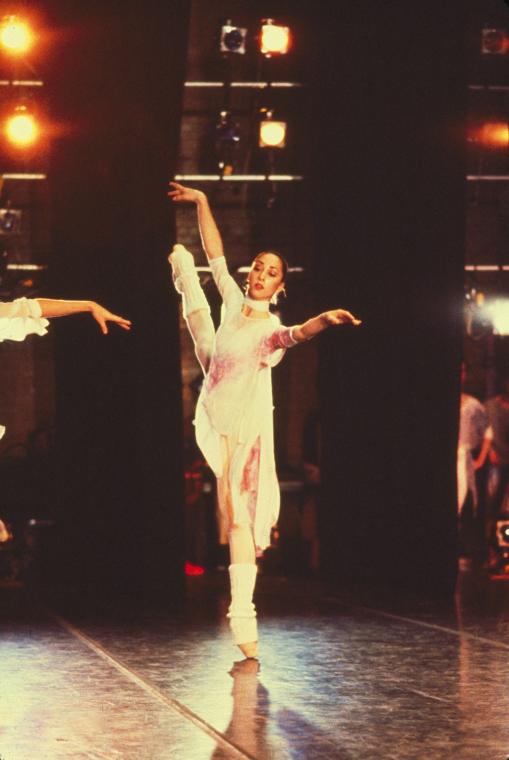For Teachers
Booktalking "When the Stars Go Blue" by Caridad Ferrer
 Relentless physical agony for a few minutes of perfection; is this dance? A whirlwind romance with Jonathan, but will it last? Soledad is an 18-year-old woman who just finished high school. She is contemplating teaching dance during the summer or portraying Carmen in a competitive drum and bugle corps. She is not the prototype stick-thin ballet dancer; would Latin Dance work for her? It's about being free, finding your way in the world, and true love.
Relentless physical agony for a few minutes of perfection; is this dance? A whirlwind romance with Jonathan, but will it last? Soledad is an 18-year-old woman who just finished high school. She is contemplating teaching dance during the summer or portraying Carmen in a competitive drum and bugle corps. She is not the prototype stick-thin ballet dancer; would Latin Dance work for her? It's about being free, finding your way in the world, and true love.
Effusive declarations of undying love from a boy who has pined for her for four years. Intoxicating teenage obsession—the boy who is always on her mind. What about the prince in disguise, the boy who has been right under her nose and whom she almost overlooked? Soledad means loneliness in Spanish.
Will dance guide her life forever, or will she find some other career? Performance dance has a limited life.
When the Stars Go Blue by Caridad Ferrer, 2010

My parents wanted me to take Spanish in high school, rather than French, because they said it would be more useful, and it has definitely proved to be so. In high school, I was definitely not a star student in Spanish class. I struggled, and honestly, I only passed the oral exam for Spanish with a lot of help from my teacher. I do not have a natural talent for language acquisition. However, those few years of Spanish have proven to be very helpful to me as a librarian in the Bronx, where we have many Spanish speakers, and quite a few Spanish speakers who speak little or no English. When I came to the Bronx 4 1/2 years ago, I used to dread when someone approached me speaking Spanish. Now, I do not fear it so much. I have learned some library Spanish, and I can conduct basic conversations with Spanish speakers about common questions, such as English classes, computer classes in Spanish, helping them find a book, but explaining the concept of putting a book on hold in Spanish still befuddles me.
I am much more competent speaking Spanish than I was 4 1/2 years ago. I am by no means fluent, and my conjugation is somewhat pathetic, but I can usually make myself understood while answering basic questions for in-person queries. I am very glad, in retrospect, for the Spanish that I took in school because I am sometimes the only one around who speaks a bit of Spanish, and I can help the patrons most of the time. Rapidly Spanish-speaking patrons on the telephone are too advanced for me, and I simply hope that they call back and are able to speak to someone who is fluent in Spanish.
Read E-Books with SimplyE
 With your library card, it's easier than ever to choose from more than 300,000 e-books on SimplyE, The New York Public Library's free e-reader app. Gain access to digital resources for all ages, including e-books, audiobooks, databases, and more.
With your library card, it's easier than ever to choose from more than 300,000 e-books on SimplyE, The New York Public Library's free e-reader app. Gain access to digital resources for all ages, including e-books, audiobooks, databases, and more.
If you don’t have an NYPL library card, New York State residents can apply for a digital card online or through SimplyE (available on the App Store or Google Play).
Need more help? Read our guide to using SimplyE.
Comments
Great post, thanks to the
Submitted by Anonymous (not verified) on July 4, 2013 - 2:57pm